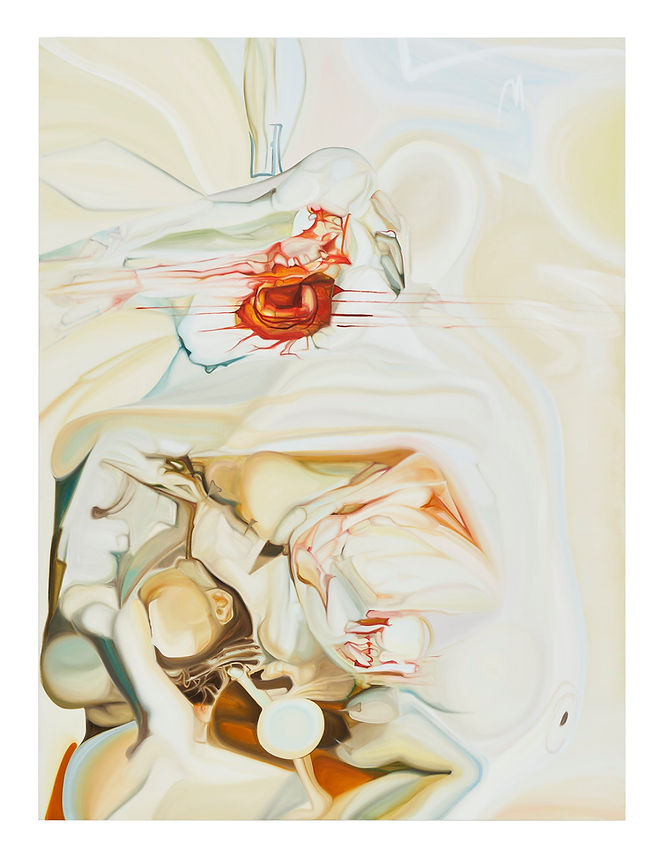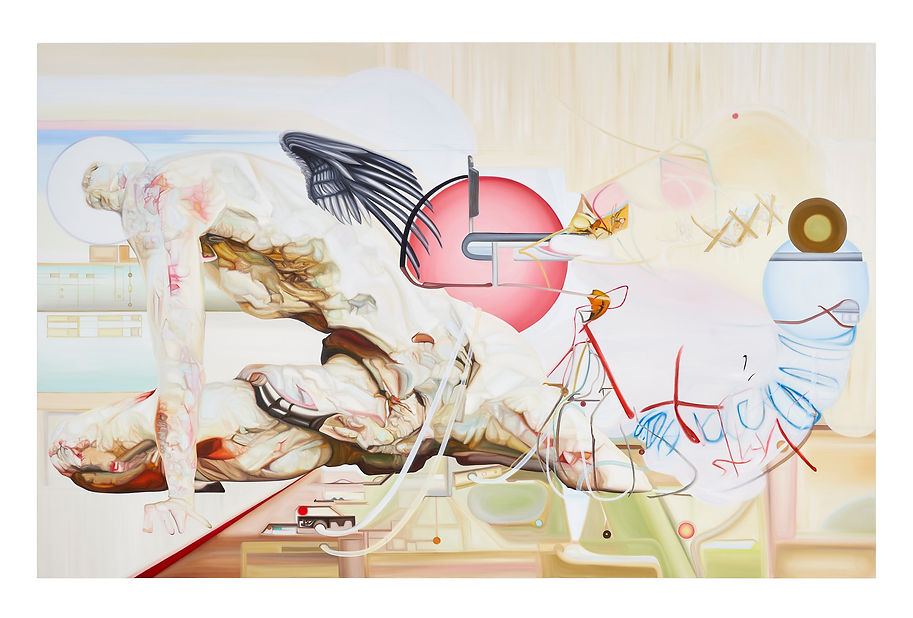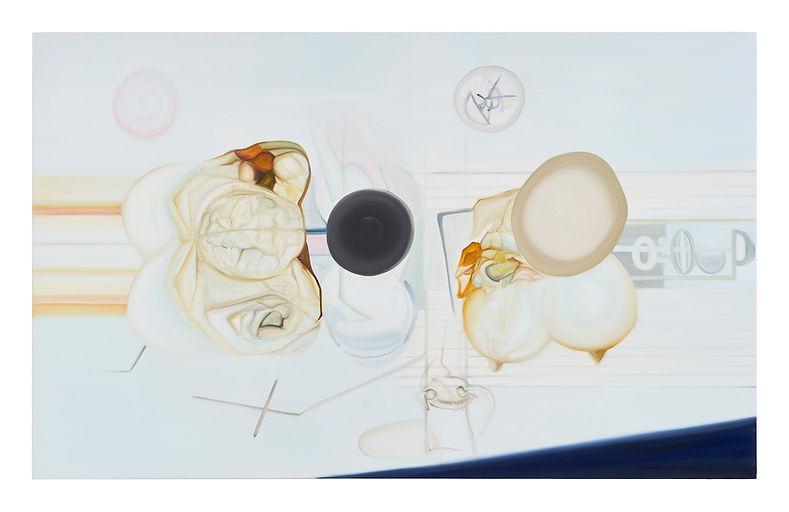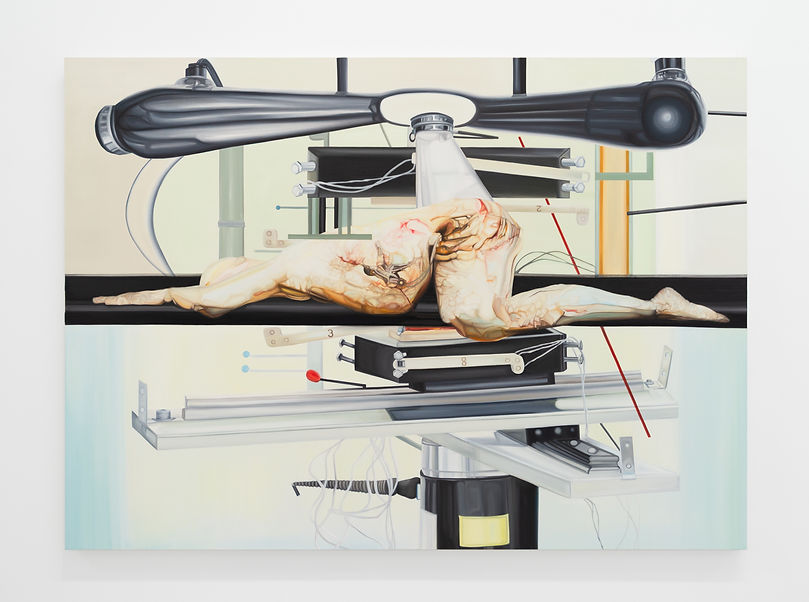selected works

in the sun, 150x200cm, 2025

egg, 150x200cm, 2025

constellation, 200x150 cm, 2025

Kratokephalos, 238x152 cm, 2025

at your door, 110x72 cm, 2025

hole, 130x80 cm, 2025

Analysis, 80x130 cm, 2025

Thyestes complex, 121x152cm, 2023

Computation of lack, 121x152cm, 2023


Big old news, 200x235 cm, 2023

organ.sm, 200x235 cm, 2023

Test drive, 200x235 cm, 2023


Shit public commission, 200x235 cm, 2023
120 x150 cm

X, 121x152 cm, 2023

Useful organs, oil on canvas, 150 x 120 cm, 2023

Breathing, oil on canvas, 130x180 cm, 2024

Partly, oil on canvas, 150x150 cm, 2023
Group 3, oil on canvas, 110 x 110 cm

.jpg)
Untitled, oil on canvas, 120x150 cm, 2022

The stage, 152x121 cm, oil on canvas, 2024

Box, oil on canvas, 130x130 cm, 2024

Stimulation , oil on canvas, 120 x 120cm, 2024

Tools, oil on canvas, 130x180 cm, 2024

Reproduction, 152x121cm, 2024